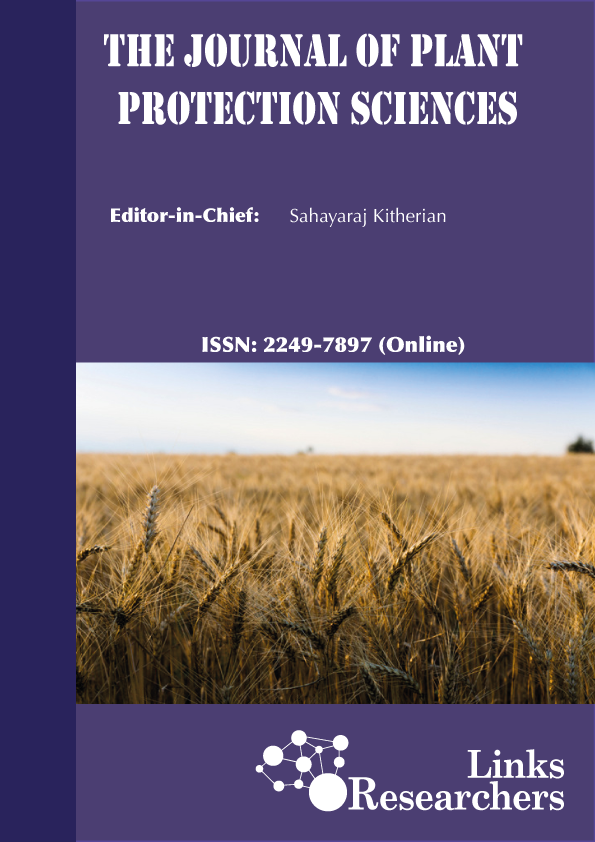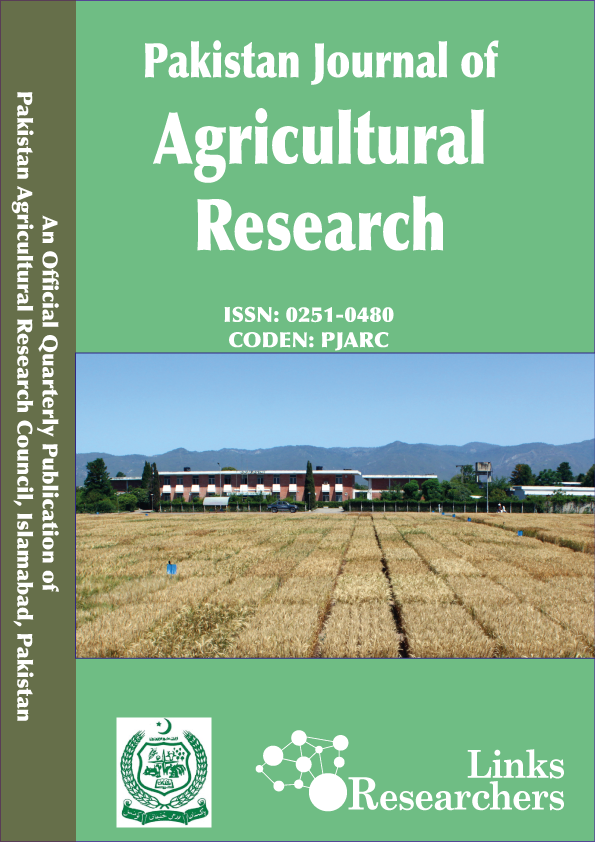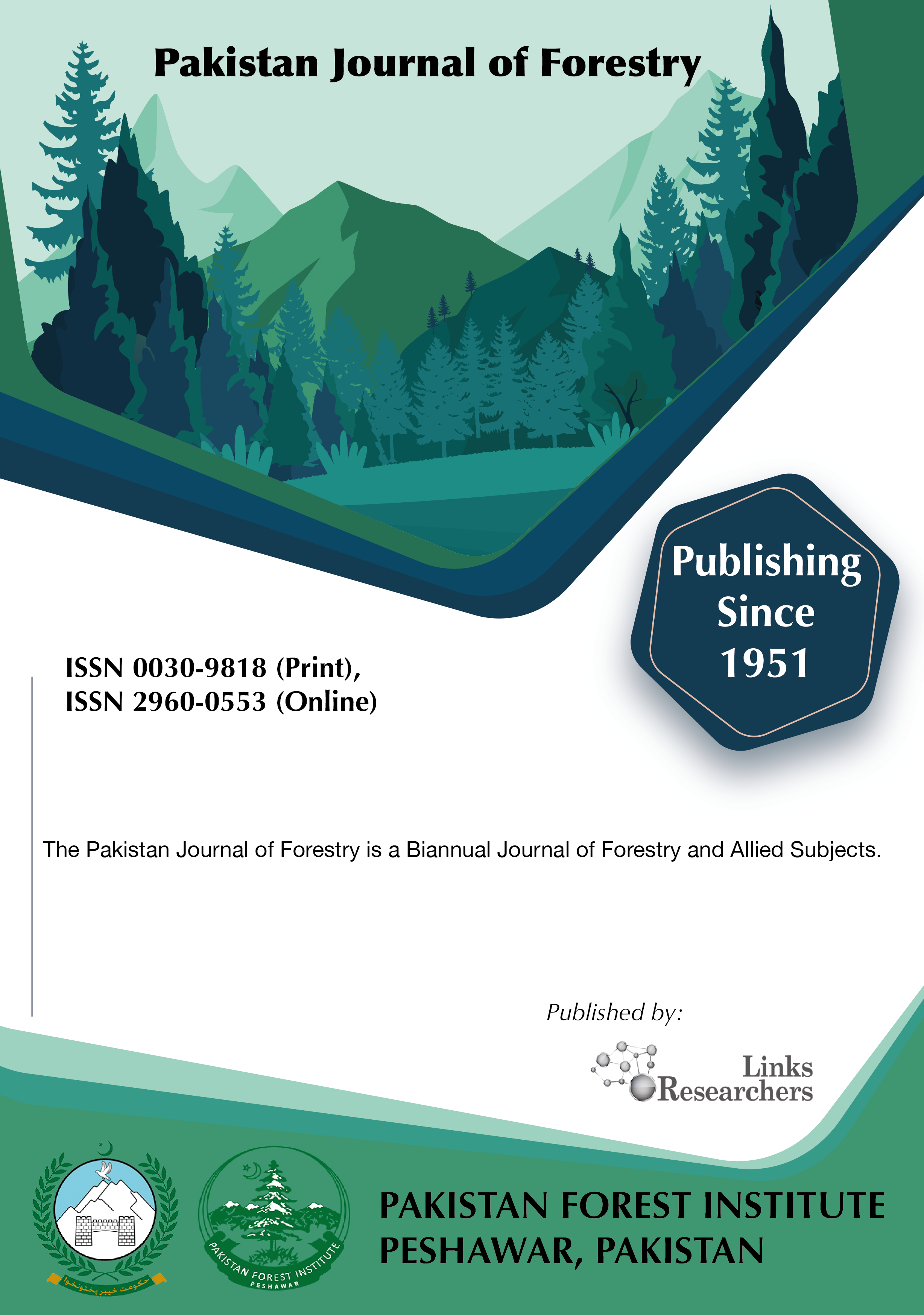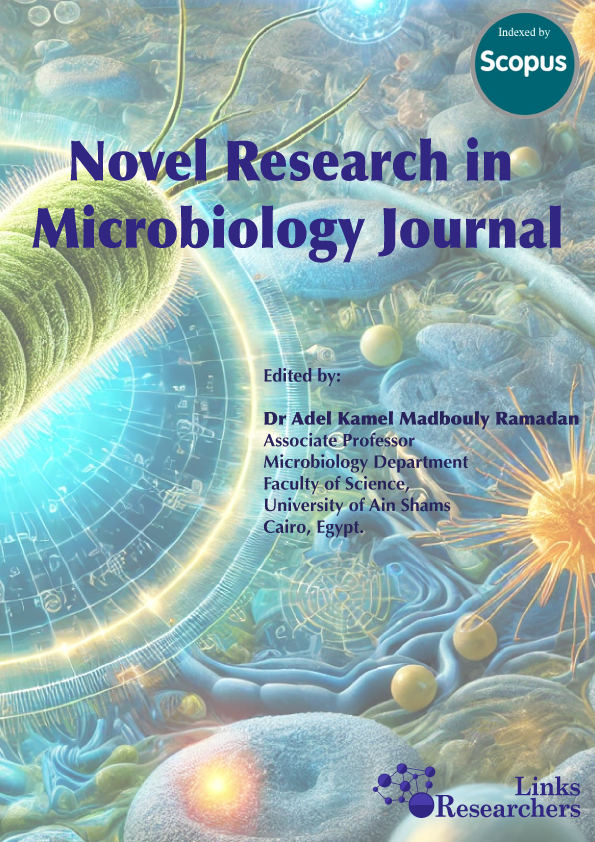M.S. Islam, M.Ali, and I. Ahmad
Syed Atif Hasan Naqvi1*, Sidra Mushtaq1, Muhammad Tariq Malik2, Ummad-ud-Din Umar1, Ateeq ur Rehman1, Shoaib Fareed3, Muhammad Asif Zulfiqar4
Key words: Shisham, dieback disease, plantations, forest.
...terminal shoot-diebackin A. melanoxylon, and
apical bud-diebackin E. pauciflora and E. viminalis. Injury due to insufficient boron in P. radiata developed slowly. Application of boron nutrient and increased growth increment and foliar boron levels in these species. ...
Mahnoor Baloch* and Sanam Zarif Satti
Qin Yang Xinlei Fan





